Macel Samba S
The New Samba S
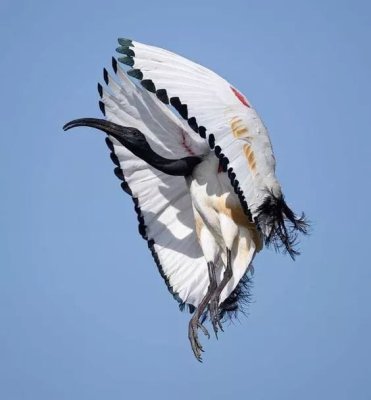
If one does not have the capacity to ease the landing with so much grace, one should avoid being ejected.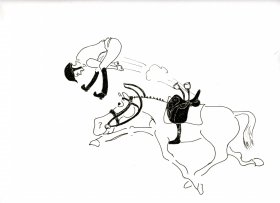
And the best way to avoid ejection is anticipating in which direction the move is going to go, i.e., saddle allowing precise and sharp feeling, and stable.
Static thinking believes that thicker padding ensures stability. The marketing propaganda is dynamic nonsense. A stable saddle which moves with the horse, (like the Samba on Charpege’s bucking picture,) 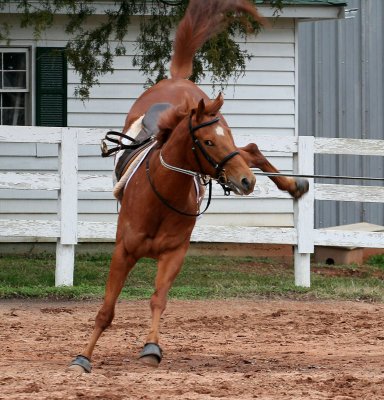 is safer than an unstable wide tree, thick padding, oversize thigh blocks saddles
is safer than an unstable wide tree, thick padding, oversize thigh blocks saddles
This wide tree thick padding saddle does not fit Chazot
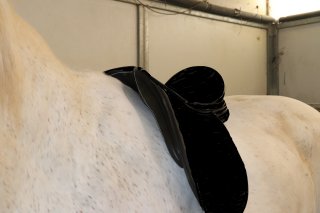
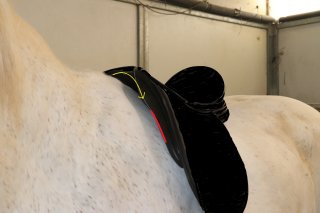
The contact with the horse’s body is low, red line, creating transversal shifts, yellow line.
If the horse bucks, the high cantle is acting as a launching pad.
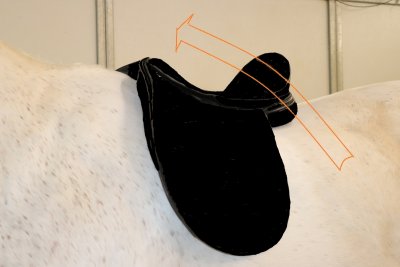
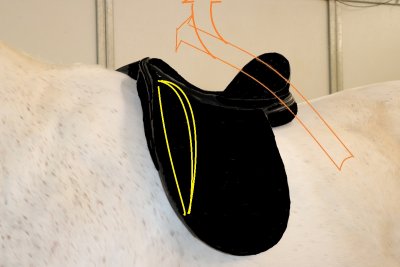
Saddle makers add enormous thigh blocks improving at best, the trajectory of the ejection.
The proverbial stability of the Samba (S) is due to Sathe close contact design and the balance of the saddle.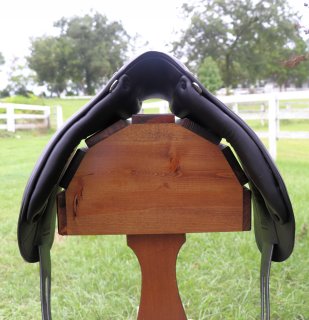
If the saddle (Samba) had shifted during Chazot’s creative movement, I would have been ejected.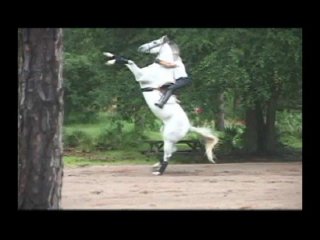
The stability of the saddle is primordial during creative moves as well as for the practical application of new knowledge. The gross equitation of gestures was based on the belief that muscles move joints. Actual knowledge exposes a more complex and sophisticated mechanism. “Most of the length change required for the work of locomotion occurs not in the muscle fibers themselves but by elastic recoil of the associated tendons and muscles aponeurosis.” (The role of the extrinsic thoracic limb muscles in equine locomotion. R. C. Payne, P. Veenman, and A. M. Wilson. J. Anat. (2005)
The seat, as well as the saddle, has to evolve with knowledge. It is all about forces that are channeled by the rider’s steadiness.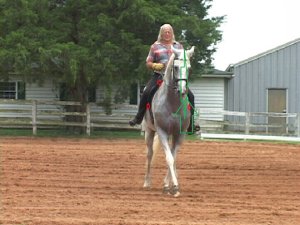
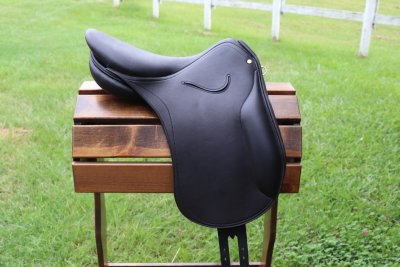 The new Samba S is a delight of precision and steadiness.
The new Samba S is a delight of precision and steadiness.


